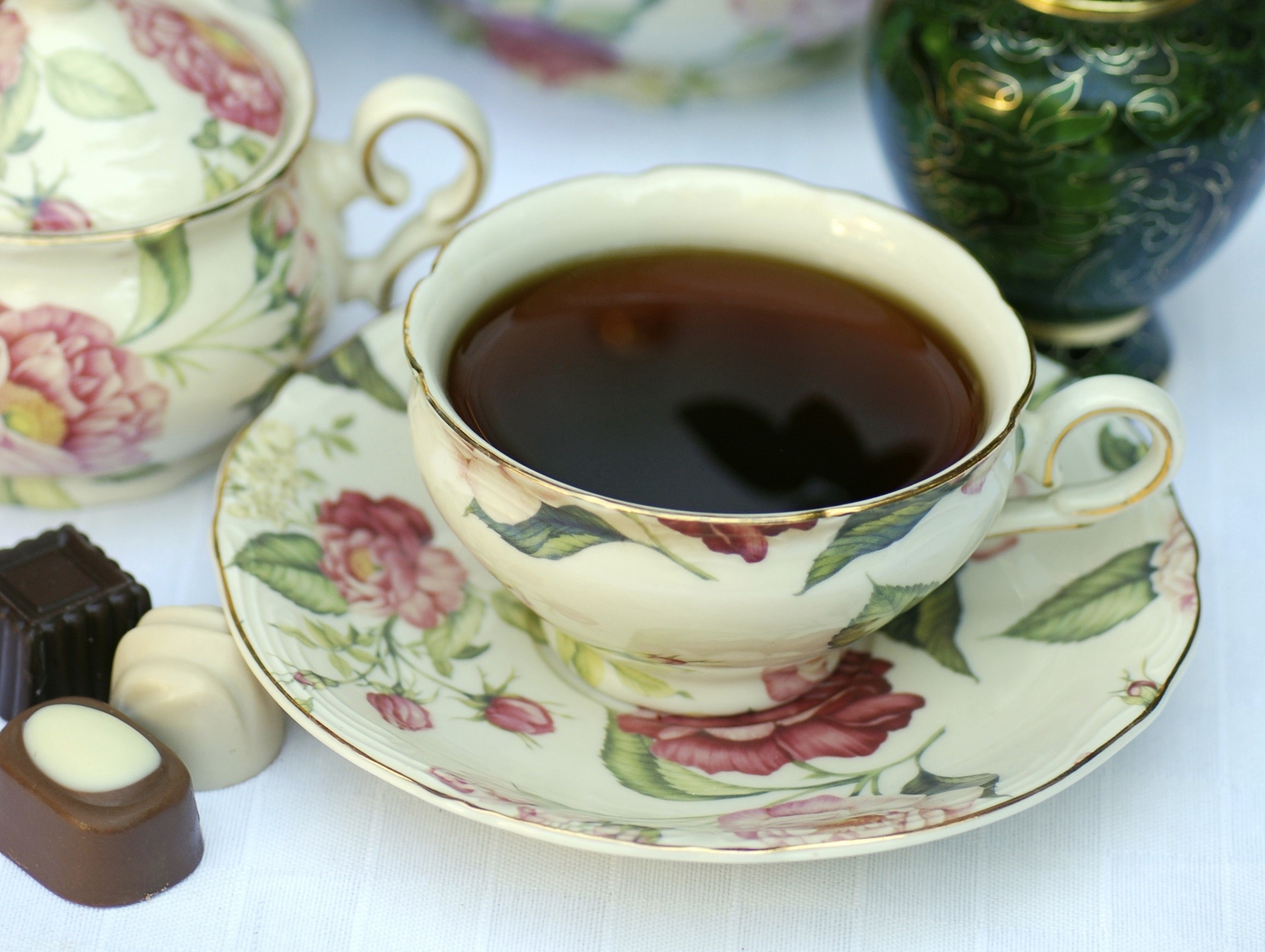
HOW much would you pay for the perfect cuppa?
Even to those of us who reckon there’s nothing better in life than a great cup of char, $10,000 — around £7,000 — seems a tad steep!
But that’s what it’ll set you back for a pot of original Da Hong Pao, probably the planet’s rarest tea at a thousand quid a gram and worth over 30 times its weight in gold.
So what makes this stuff so pricey, and is it worth it even if you have the cash to splash?
According to Xiangning Wu, a renowned Chinese tea master, its rarity is the main thing, as there are almost no Da Hong Pao trees left.
The antique varieties that grow in the Wuyi mountains, in China’s Fujian Province, are as close as it comes to priceless — which explains why, for many generations, top tea makers have made annual visits there.
Each spring, they head into the mountains to pray to the tea god, Lu Yu, to make new shoots sprout up.
Some say the leaves are wiped with goat’s milk as they grow and, after the harvest, they are baked and left to gain flavour for up to 80 years!
According to further legend, this tea also has incredible medicinal powers, and that when the mother of a Ming Dynasty emperor got ill, she was cured by a brew.
After that, the delighted emperor dressed the bushes that had provided the tea in big red robes, which is why it got the name — Da Hong Pao translates as Big Red Robe.
These days, there are half a dozen of the bushes growing on a brick terrace in the Wuyi Mountains, said to be offshoots of those original four well-dressed bushes.
It is a fact that every cutting came from this single small group of trees, and you won’t be surprised to learn that the original bushes are so valuable, they’re guarded 24 hours a day.
Da Hong Pao has gained a lot of attention from tea connoisseurs around the globe, and as far back as the mid-1800s, British botanist Robert Fortune visited to get some of the seeds.
He hoped to grow them himself elsewhere, and wearing a disguise, managed to get some, along with priceless information about how to cultivate them.
The work he did would eventually lead to the finest of Indian teas, and be the heart of a multi-million-pound business.
Sadly, the original centuries-old bushes here are now a bit straggly, with no new growth, which means today’s tea is from a harvest that took place several years ago.
Let’s hope the gods look kindly on those bushes, and that the world is able to have another fine harvest before they dwindle further and disappear for all time.
READ MORE

Enjoy the convenience of having The Sunday Post delivered as a digital ePaper straight to your smartphone, tablet or computer.
Subscribe for only £5.49 a month and enjoy all the benefits of the printed paper as a digital replica.
Subscribe